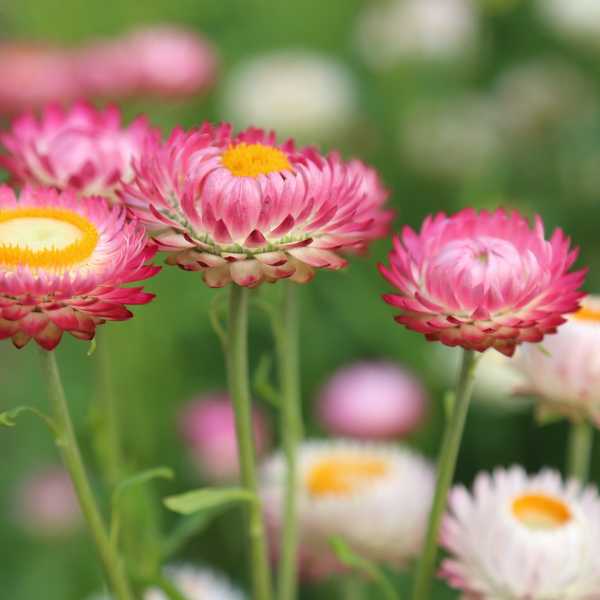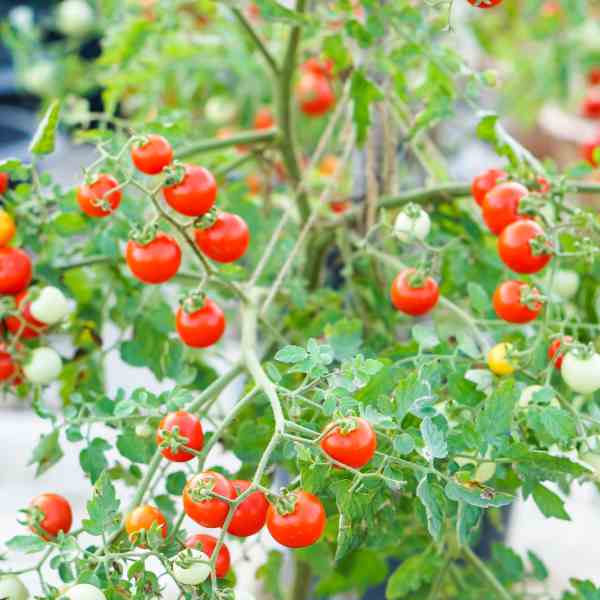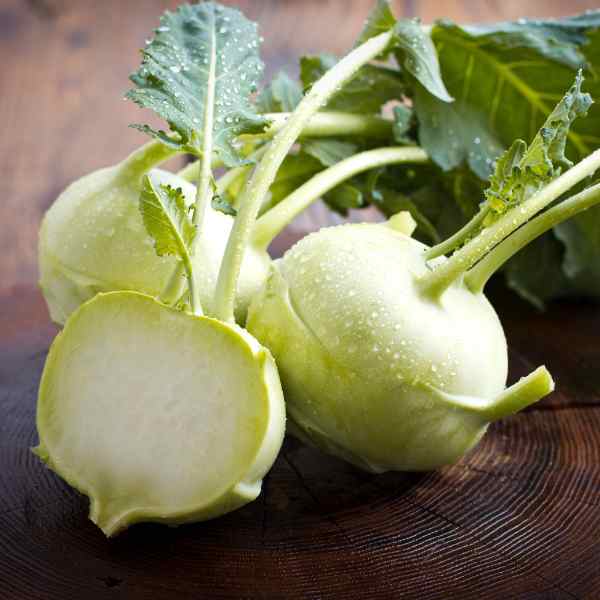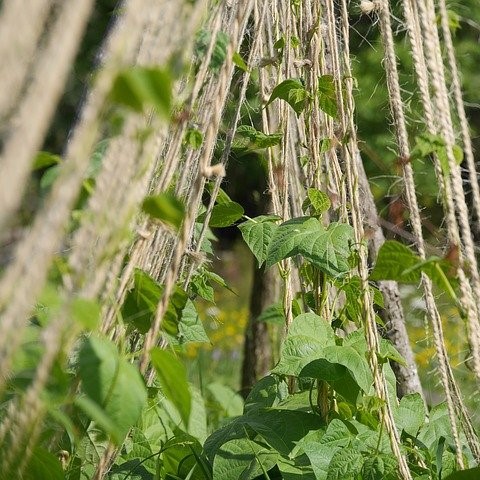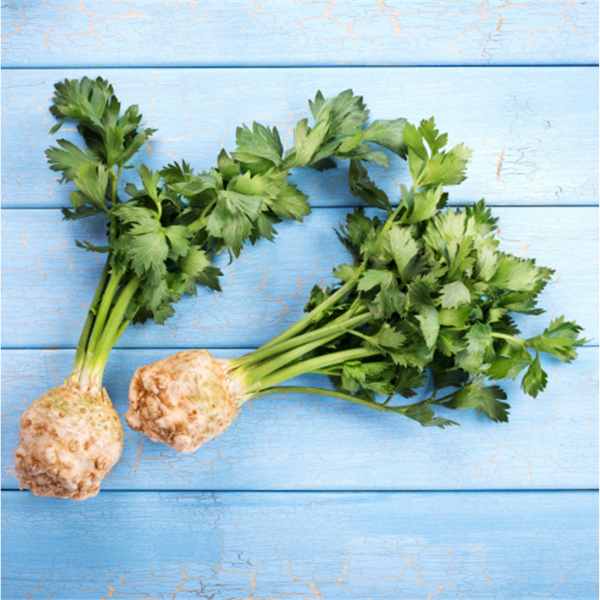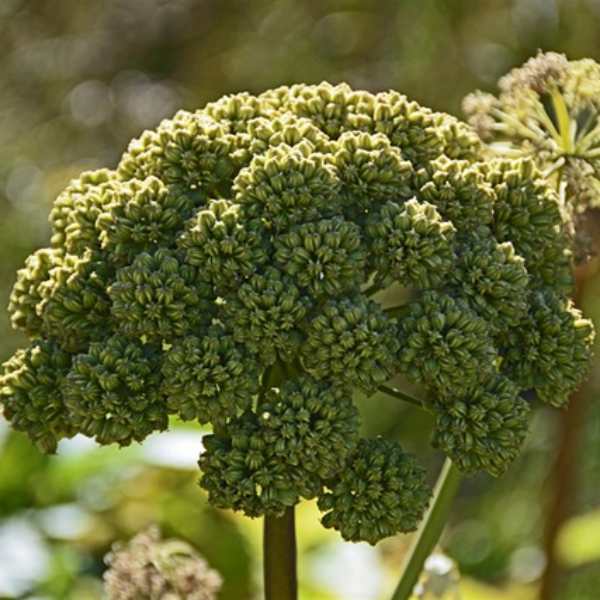Bush Tucker: Warrigal Greens
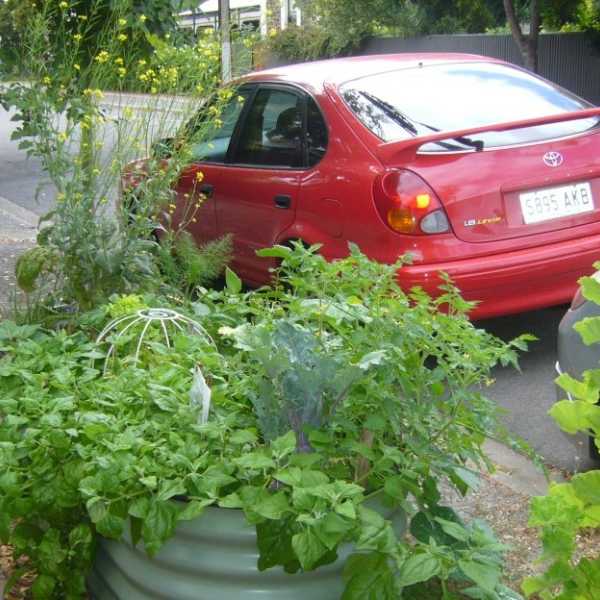
Warrigal Greens are a native, edible groundcover, that thrives across most of Australia. Its Australian name comes from the Aboriginal word “warrigal” meaning wild or wild dog and the scientific name, Tetragonia Tetragonioides, reflects its 10-sided seeds.
Seed Planting Schedule
- Cool Mountain: October to January
- Arid: September to February
- Temperate: September to December
- Sub Tropical: August to November
It is best to soak the seeds in warm water overnight before sowing. It is a perennial in temperate – warm areas, but an annual in cooler zones.
Position, Position, Position
Warrigal greens flourish in full sun or partial shade, tolerating a pH 5.8-7.5 and diverse range of soil types, provided it remains moist and the soil is well-draining.
Invasiveness?
Because it has long trailing stems that root fairly easily and it readily self-seeds, it can be quite invasive. If that is a problem, it can be grown in pots with the leafy stems left to trail.
However, its readiness to grow and shallow roots, makes it a useful ground cover under fruit trees and if grown under shrubs it will be quite happy to climb.
Feed Me!
Mature compost or a little well-rotted manure is all that is needed.
What about the Water?
Maintaining soil moisture is crucial due to its shallow root system.
Are we there yet?
These plants are quick growing, so you will be able to harvest leaves in around 10 weeks
Pests and the Rest
While generally resilient, warrigal greens may face challenges like the mosaic virus and certain fungal diseases. Slugs, snails, and caterpillars may nibble, but they aren’t overly enthusiastic.
Occasional encounters with root knot nematode, aphids, or two-spotted spider mites have been observed, but overall, it maintains a strong resistance to pests.
Eat Me!
Warrigal green leaves, a splendid spinach alternative, are rich in vitamins A, B1, B2, and C, fiber, and antioxidants. Like with spinach, the leaves are rich in oxalates, so should be blanched or cooked before eating.
Small yellowish flowers will appear in Spring and Summer; these may be eaten too. For a simple and delicious preparation, stir fry this vegetable with a little garlic.
Check out this recipe from “taste” for a Warrigal Greens Pesto – YUM!

